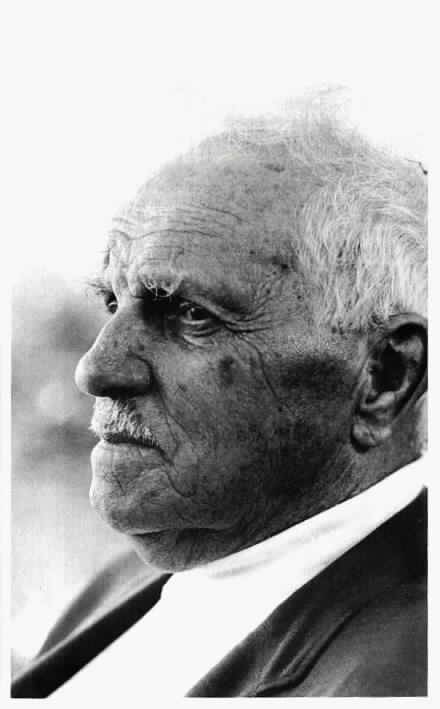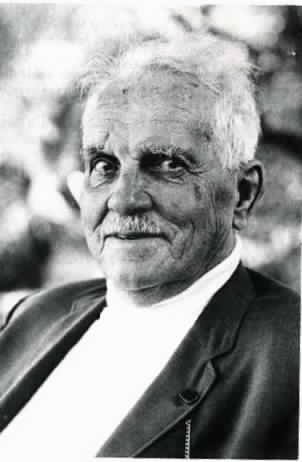
William Slater Brown in 1917
and The Enormous Room
[Norman Friedman and David V. Forrest]
[Spring 1 (1992): 87-91]
David Forrest has been diligent in tracking down Slater Brown, the
man who was with Cummings in France in 1917 and was incarcerated along with
him at La Ferté-Macé. In SPRING of November 1987 (Old
Series 7, 3) Forrest relates that Brown was a former neighbor of Cummings
in Cambridge whose family had rented the house next door. Brown was the son
of a country doctor from Webster, MA, a cotton mill town founded by his (Brown's)
maternal great grandfather, Samuel Slater. On July 17, 1987, Forrest managed
to meet Christopher (Kit) Collier, whose mother is Brown's sister. Collier
is Connecticut's State Historian and a Professor of History at the University
of Connecticut in Storrs. He subsequently wrote (August 1, 1987) that he
would try to put Forrest in touch with Brown, who lives in Rockport, MA.
Collier wrote again on February 5, 1990, saying he had a letter from Uncle
Bill but was holding it in the hope that Brown himself would write Forrest
(SPRING, November 1990 [Old Series 10, 3]). Then, on January 2, 1992,
Collier sent Forrest the following letter:

